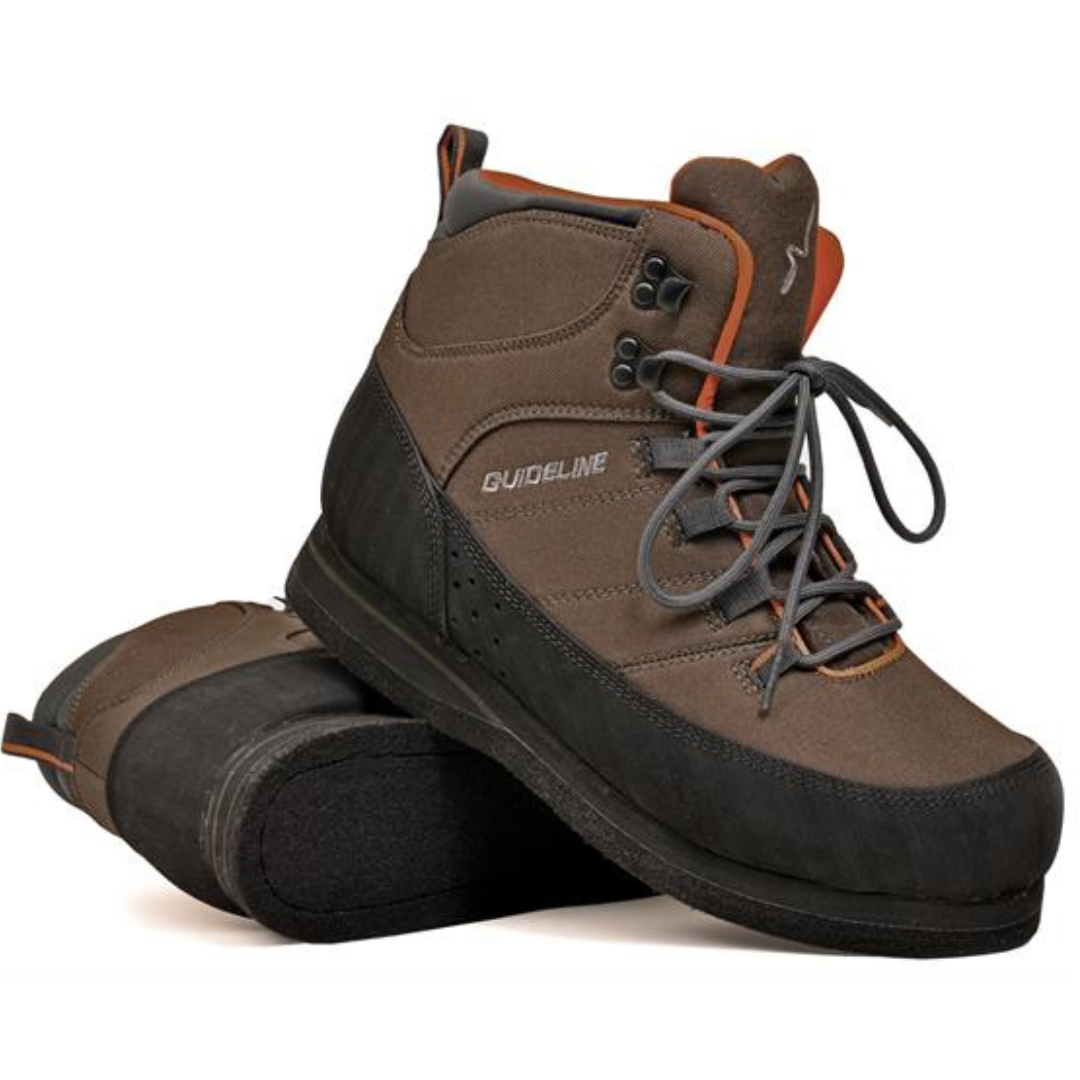How to Choose the Perfect Fly Fishing Boots for Every Angler

Choosing the right Fly fishing boots is essential for every angler, whether you’re a beginner wading in small streams or an experienced fisherman tackling fast rivers. The right boots not only provide comfort but also ensure safety and stability on slippery surfaces. With so many options available, understanding what to look for in fly fishing boots can transform your fishing experience. From materials to fit and tread design, each factor plays a vital role in performance and protection.
Understanding the Importance of Proper Fly Fishing Boots
The foundation of a successful fly fishing trip starts with your feet. Proper fly fishing boots protect you from cold water, sharp rocks, and slippery surfaces, allowing you to focus on casting and catching fish. Boots that are too loose can cause blisters, while boots that are too tight may restrict movement, affecting balance. Investing in quality fly fishing boots ensures your time on the water is both safe and enjoyable.
Types of Fly Fishing Boots
There are several types of fly fishing boots, each suited for different environments and angling styles. Wading boots are typically designed with felt or rubber soles, each offering specific advantages. Felt-soled boots provide excellent traction on slippery rocks and riverbeds, while rubber-soled boots are durable and often required in areas where felt is restricted due to invasive species concerns. Choosing the right type of fly fishing boots depends on your fishing location and personal preference.
Material Matters for Fly Fishing Boots
The material of fly fishing boots directly impacts durability, comfort, and water resistance. Neoprene boots are popular for cold water, offering insulation and flexibility. Leather boots are traditional, known for durability and long-term support, but may require more maintenance. Modern synthetic materials combine the benefits of leather and neoprene, creating lightweight and breathable options for long fishing trips. Selecting fly fishing boots made from the right material ensures your feet stay comfortable throughout the day.
Sizing and Fit for Maximum Comfort
Proper fit is crucial when choosing fly fishing boots. Ill-fitting boots can lead to discomfort and accidents. Always try on boots with the socks you plan to wear while fishing, as thickness can affect the fit. Make sure there is enough room to wiggle your toes while keeping the heel snug. Many anglers prefer slightly snug boots that allow for foot swelling after hours in the water. Well-fitted fly fishing boots provide stability, comfort, and better control when navigating uneven terrain.
Sole Design and Traction
The sole of fly fishing boots is one of the most important features for maintaining balance and preventing slips. Felt soles are excellent for gripping moss-covered rocks, while rubber soles with studs or cleats provide versatility on mixed terrain. Some boots offer interchangeable soles, allowing anglers to switch between felt and rubber depending on the environment. Investing in boots with the right traction ensures your safety and confidence in moving through rivers and streams.
Maintenance and Longevity
Proper maintenance extends the life of your fly fishing boots. Rinse them thoroughly after each use to remove dirt, mud, and potentially harmful bacteria. Dry them naturally, avoiding direct heat sources, which can damage materials. Periodically check the soles and laces for wear and replace them as needed. Well-maintained fly fishing boots not only last longer but also perform better, providing consistent comfort and protection.
Additional Features to Consider
Modern fly fishing boots often come with additional features like ankle support, drainage systems, and reinforced toe caps. Ankle support is crucial for preventing injuries when wading through rocky streams, while drainage systems help keep your feet dry and comfortable. Reinforced toe caps protect your feet from accidental kicks against rocks or other hard surfaces. Choosing fly fishing boots with these features can enhance your overall fishing experience.
Conclusion
Selecting the perfect pair of fly fishing boots is an investment in comfort, safety, and performance. By considering the type, material, fit, sole design, and additional features, you can find boots that meet your specific needs on the water. Whether you’re fishing in shallow streams or deep rivers, the right fly fishing boots will make your time on the water more enjoyable and productive, helping you focus on what matters most: catching fish and enjoying the outdoors.